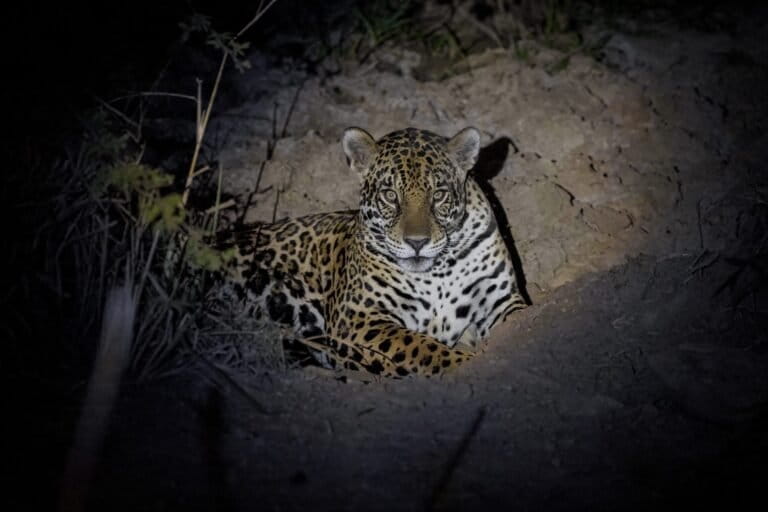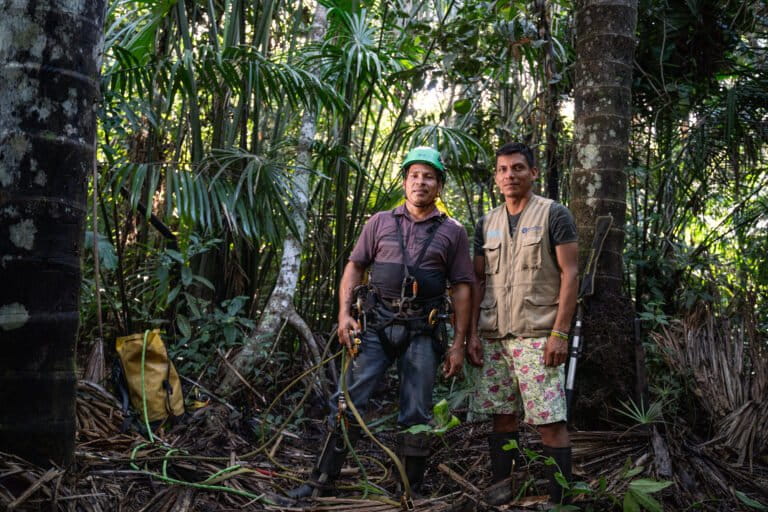Clearing rainforest for cattle pasture drives surge in vampires
Clearing rainforest for cattle pasture drives surge in vampires
mongabay.com
August 15, 2007
A new study confirms that vampire bats are thriving due to the clearing of rainforest for cattle pasture in Costa Rica. Instead of having to seek out scarce wildlife in the forest, vampire bats now prey on cattle kept in high densities on ranches.
While previous work has speculated that cattle are the driver behind growing vampire populations, Christian Voigt of the Leibniz Institute for Zoo and Wildlife Research in Berlin and colleagues add more evidence to the case by analyzing isotopes in exhaled carbon dioxide from both captive and wild vampire bats. Their work, published online in the Journal of Comparative Physiology B, shows the chemical marks of cattle on the breath of wild bats.
Cattle were “almost always” the source of the vampires’ last blood meal.
Vampire bats are found across Latin America from Mexico to Argentina and Chile and feed on the blood of warm-blooded animals such as birds, horses, cattle, and, from time to time, humans. Vampires, which are only active in the darkest hours of the night in order to avoid predators, feed by using their chisel-like incisor teeth to make a small incision in the skin of its prey. The bats lap blood that flows freely from the wound due to an anticoagulant, which incidentally, has been chemically isolated to create a drug for treating heart attack victims. Animals fed upon by vampires are rarely injured or killed by the feeding unless of course the bats are rabid.
Rabies outbreaks from vampire bats are a nearly an annual occurrence in some countries, especially Brazil. In 2005 rapid vampires killed 23 people during a 2-month period in the Brazilian Amazon. The highest toll for the country came in 1990 when 73 people were killed, according to Brazilian Health Ministry records.
Rabies, a viral disease that affects the central nervous system by causing acute encephalitis, is almost invariably fatal once symptoms have developed, usually within days of exposure. The disease can be treated with a vaccine if administered prior to the onset of symptoms.
Source: Journal of Comparative Physiology B via LiveScience. Information from previous mongabay.com articles was also used.














